WHITE GLOVE SERVICE
Q&A with WilsonHCG CEO, John Wilson
EMPLOYEE WELLBEING
Working together for a healthy team
HIRING FOR CULTURAL FIT CULTURE


Q&A with WilsonHCG CEO, John Wilson
Working together for a healthy team

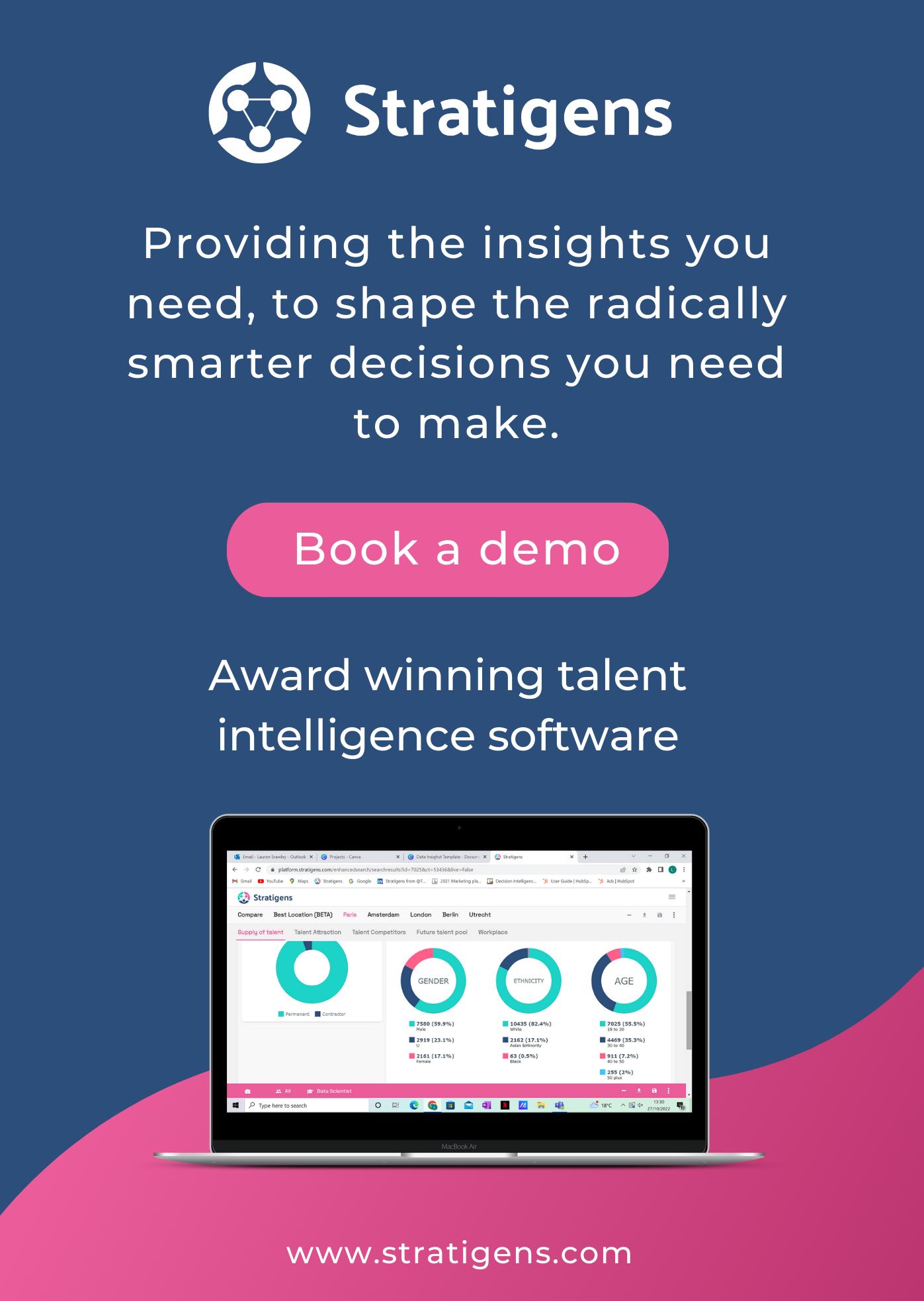
Attracting talent in the current market continues to be challenging and employers and recruiters are having to think of innovative ways to attract and retain scarce talent. I feel like I’ve said this so many times before but this challenge remains even though hiring has slowed down.
Upon investigation into what candidates are looking for, company culture that aligns with their values and beliefs comes out on top (second to salary, according to data from LinkedIn) There is a massive drive towards creating an inclusive and happy company culture right now. But when we went to market to find data and insight that define what a good company culture actually is, we came up empty.
A company culture is so much more than just pretty and meaningful words like ‘respect’ and
Debbie Walton Editor, TALiNT Partners‘kindness’ stuck up on the lunchroom wall. In fact, those are actually nauseating. For me, as someone who is not British (yet) and a bit of a mixed bag culturally, a workplace culture is perfect when I can just be myself. Sounds easy, but is it really? We spoke to talent experts in our network about what culture means for them in their business and how they cultivate it. Read our feature on page 11.
By the time this second issue of our magazine arrives in your inbox, we’ll be well on our way to spring and lighter, longer days. I for one cannot wait for the Great British Summer and the outdoor culture that goes along with it.

TALiNT Partners brings together a global network of leading employers and solution providers to make better talent and technology decisions by providing intelligence, insight and peer-to-peer networking that drives quality, innovation and improves inclusion across the talent ecosystem.
Editorial, news and features: debbie@talintpartners.com
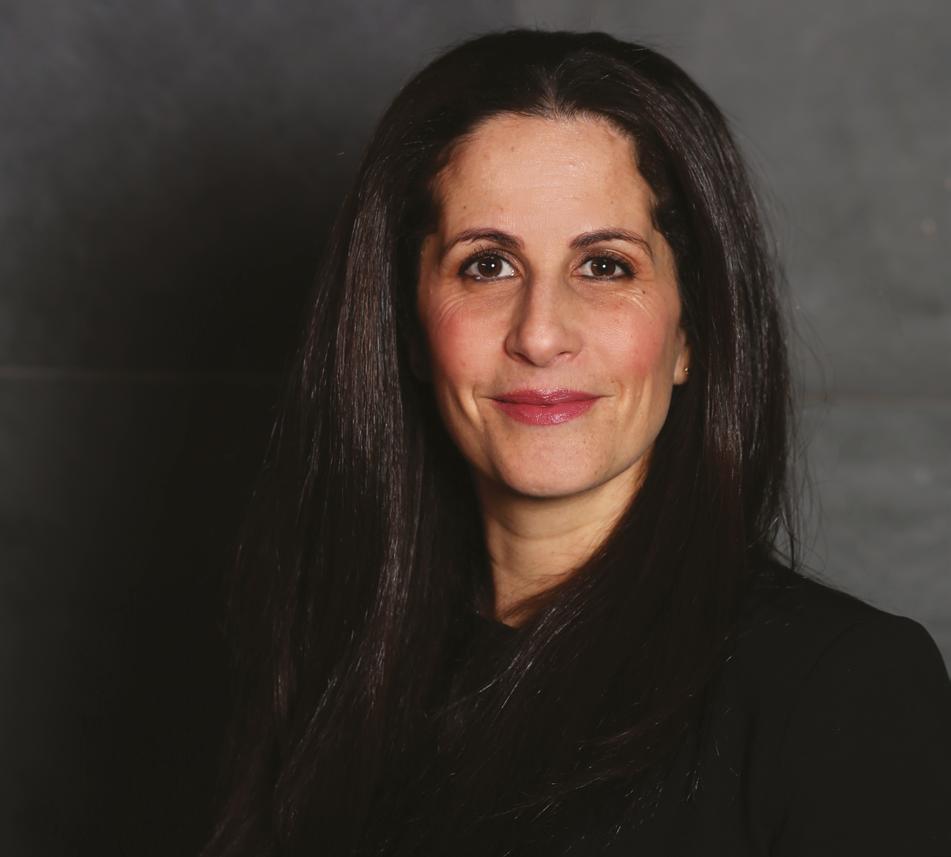
Advertising and sponsorship: andy@talintpartners.com
Design: annabelle@talintpartners.com
Layout and design: New Media Design Agency www.newmediadesign.co.za
The
English Dictionary’s definition of culture is:
/ˈkʌltʃər/ way of life. [uncountable] the customs and beliefs, art, way of life, and social organization of a particular country or group European/Islamic/African/American, etc.


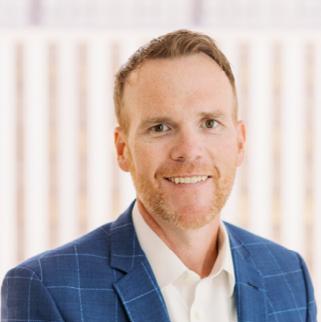





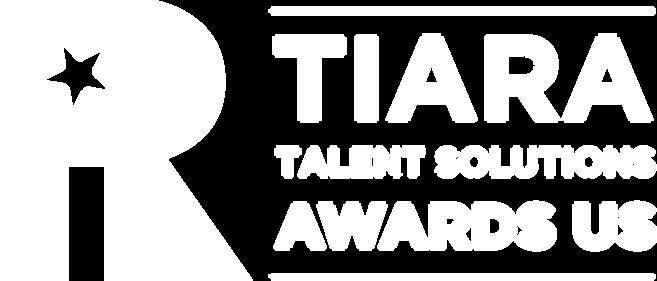
TALiNT Partners’ events season has officially kicked off. We’ve lunched and dined with the industry’s finest while creating the opportunity to network and learn.

26 January
TALiNT Partners and Reed TS hosted a compelling dinner for TA/HR leaders covering the pertinent topics of uncertainty and agility in the current market. Hosted by Debra Sparshott, TALiNT Partners Head of
Insights and Research, the dinner was the first of many for 2023. Make sure to take note of upcoming events from our events calendar on page 29. To be a part of these invite-only events, please do get in touch with danny@talintpartners.com
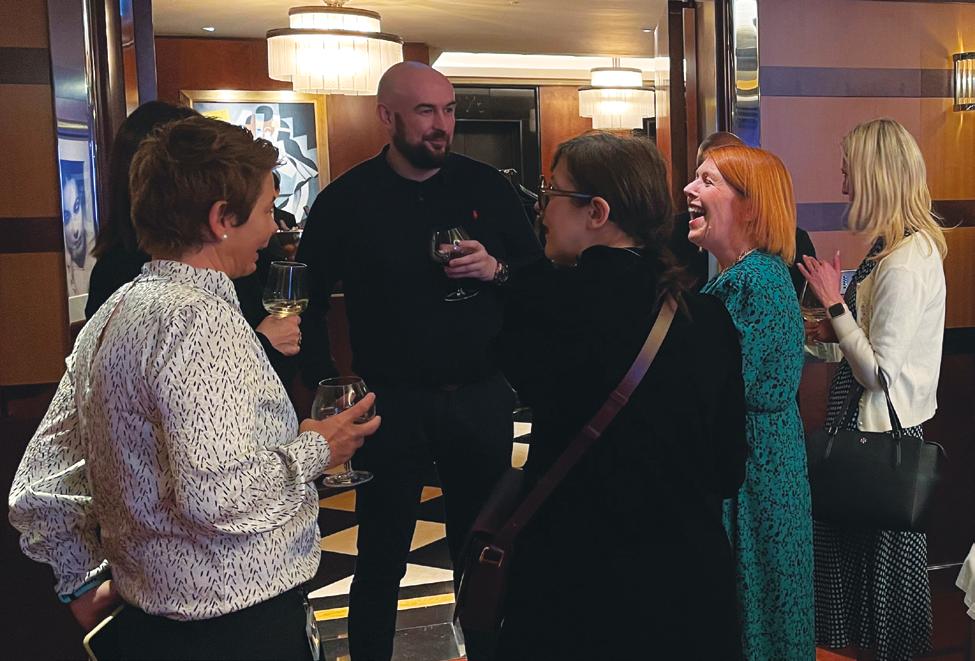

Employers are looking to their vendor partners for more help with workforce and demand planning, re-skilling and up-skilling, TA optimization, employer brand/EVP and tech advisory services.
‘How are tech leaders in recruitment getting a higher/quicker return on their tech stacks and transformation strategies?’
‘Simplification not over-complication - be cloud smart, improve the basics and differentiate with candidate experience.’
‘Ignore the 5% who will always resist change - champion your super-users and optimize your LMS to train the rest.’
‘Improve perception of value - how does your tech story enhance your pitch as a talent solution or professional service provider?’
‘Look for the neglected orphans - which abandoned projects, data sets or tools can deliver quick savings?’
‘Think like a CTO but talk like a CFO to build the business case - and call out vanity projects early!’
Those were just some of the insights to come out of TALiNT Partners’ first Tech Lunch and Learn for 2023.

Contact tessa@talintpartners.com if you’d like to join one of our exclusive, invite-only lunches this year.

Twenty-three percent of employees worldwide admit to having experienced workplace bullying – a behavior that goes well beyond the office walls and into the remote work realm. What’s even worse, workplace bullying has been on the rise since the pandemic – there is a 13% increase, in fact, compared to pre-pandemic numbers. The practice also accounts for 23% of resignations in the U.S., further expanding the skill gap in the labor market.
Remote bullying is one of the driving factors in toxic workplace behavior. In contrast to real-time workplace bullying, which might manifest in more recognizable patterns like the assertion of power, intimidation techniques, intruding on colleagues’ privacy, making offensive remarks, or belittling others’ opinions, to name a few, remote bullying might be a more delicate issue.
The Conference Board Leading Economic Index for the US fell by 0.3% in January to a reading of 110.3 (2016=100). The decrease follows a decline of 0.8% in December, and the US economy is still expected to tip into a recession this year despite strength in the labor market.
Over the last six months, the Leading Economic Index is now down 3.6%, between July 2022 and January 2023 — a steeper rate of decline than its 2.4% contraction over the previous six-month period between January and July 2022.
The expert lists certain red flags that hint at remote bullying—exclusion from virtual conversations or activities, constantly increasing workload, and creating a hostile cyber environment through emails and remote work platforms.
For employers, its suggested that establishing clear policies on remote work practices and expectations for employees to prevent unwarranted behavior. Promoting honest and open conversations within the remote teams and implementing regular virtual check-ins also allows staff to nurture trust in the employer.
Encouraging remote staff to report any cases of virtual bullying and together navigating how to best respond in such cases ensures the employee that the employer has their back.
The Leading Economic Index is now down 3.6%, between July 2022 and January 2023
Joe Biden heralded a “manufacturing boom” in his state of the union speech earlier this month. He said that his policies had unleashed this boom and that companies, apparently, were rushing to build factories and bring home plants shipped overseas in previous decades. However, the more sobering reality is that not many people want to work in manufacturing because as of December 2022, 760,000 factory jobs remain unfilled, according to official figures.
However, the more sobering reality is that not many people want to work in manufacturing because as of December 2022, 760,000 factory jobs remain unfilled, according to official figures. Every day, 10,000 baby-boomers retire — and those who replace them in industry often do not stay. Manufacturing has an annual staff turnover rate of 40%, meaning that every two and a half years, a typical facility’s entire workforce has to be rehired.
However, a San Francisco entrepreneur called Saman Farid has said that he believes he has a solution to the manufacturing crisis. The 36-year-old entrepreneur has set
up a “robot staffing agency” that brings in machines to do the jobs firms are struggling to fill. He has said that a single robot arm installed by his San Francisco start-up Formic can do the job of up to eight people.
Scare stories of machines replacing humans have done the rounds for decades — but in manufacturing, Farid argues, the need is pressing. The industry is running far below capacity due to the acute labour shortage.
Farid believes that in order for American industry to be competitive, the only answer is way, way more robots. It will take thousands of robots to solve the manufacturing labor shortage. For most companies, though, automation is hard. It entails a granular breakdown of every function inside a plant, deciding which of those jobs can be done by a machine and then spending hundreds of thousands of pounds on a robot that may, or may not, work as expected.
It’s doesn’t seem as if it’s a question of IF robots in manufacturing will solve the crises, but rather a question of when.

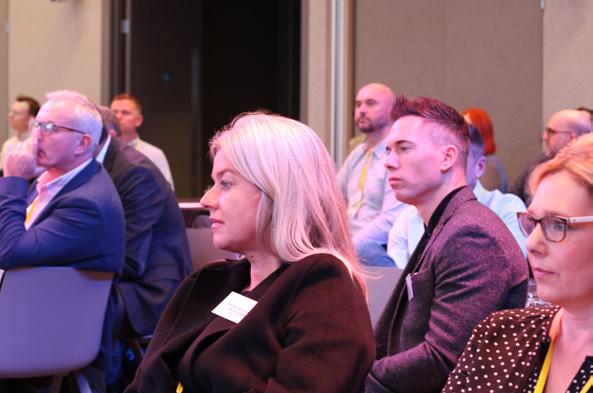
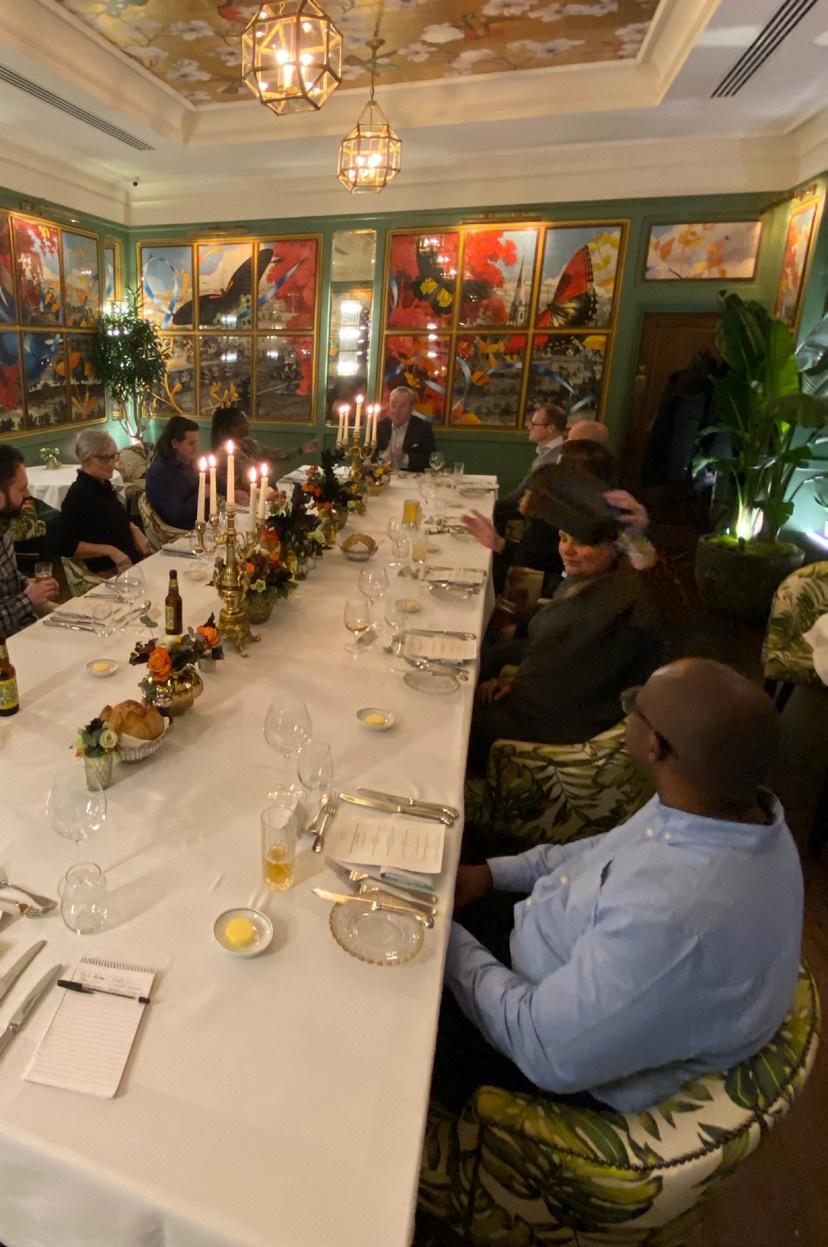
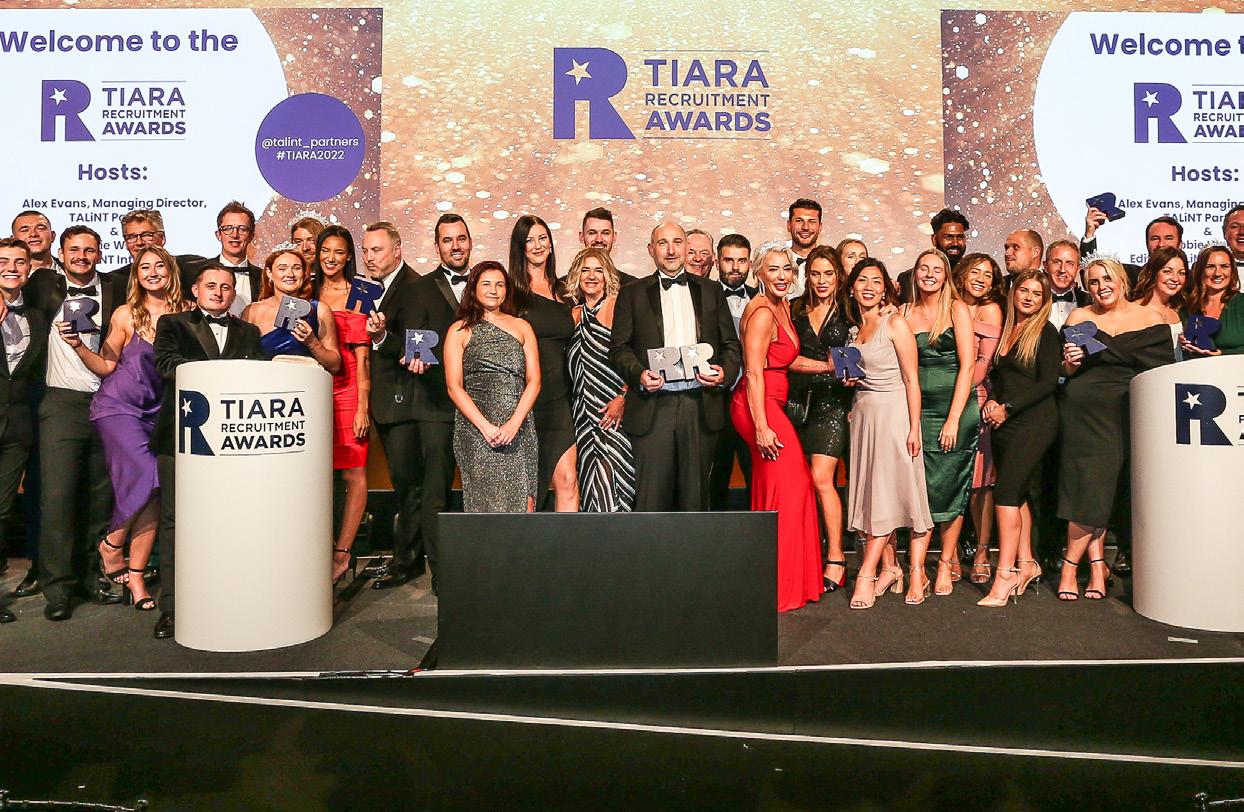

Cultural fit is defined as a synergy between the values, ethics and standards of acceptable behavior between an employer and their employee (or potential new hire). This definition is then fraught with holes. What are the values, ethics and standards of acceptable behavior of an organization? Can they be articulated by employees, management or even the executive board? What do these attributes look like in company policies, processes and working practices? How do they shape people management, employee development and reward?
Debra Sparshott Head of Insight and Research
Considering the increasing overlap of sought-after talent across different market segments, the competition for specific skills will only increase. Finding a way to confidently select candidates with adjacent skills and the ability to develop into a role is imperative to any demand plan, if business critical vacancies are to be filled. Is that about cultural matching, or rather an assessment of aptitude and attitude?
Hiring for cultural fit: what does cultural fit really mean? The truth varies widely making it a risky criterion against which to make hiring decisions.
Doing everything possible to remove potential barriers to application depends heavily on culture, with respect, tolerance and inclusivity being high on the list of essentials. Cultural fit is misplaced here too as it would include someone who blends well with a negative working environment, realizing the risk of a poor line manager hiring someone just like themselves.
The fly in the ointment is bias. As individuals, most of us think we fit in with company culture, therefore if you are like me, you will fit too. Without addressing internal challenges first, a strategy of hiring for cultural fit can reduce diversity, sustain toxic behaviors, same-thinking and increased attrition –particularly early attrition.
Cultural alignment is integral to being an employer of choice across the candidate market of all age groups, but most vocalized by Gen Z applicants are looking for organizations that reflect their values and cultural profile. An article this month by ‘The Core Focus’ on LinkedIn listed the most important employer qualities sought by candidates and nine out of 10 things listed
were cultural, including respect, trust, transparency, support and a clear sense of purpose. An article published by the Institute of Student Employers in January 2023 confirms that young talent is ‘looking for a good work culture, with values aligned closely to their own.’ Organizational culture does matter. But what does that mean?
As part of an effective internal and external Employer Value Proposition (EVP) a positive portrayal of culture is a differentiator in a competitive talent landscape. Going beyond Glassdoor reviews, employees and potential hires want to know what an organization represents, what values it believes in, how environmentally responsible it is and whether it prioritizes its people. It is a tall order. Organizations are being judged by information in the public domain; beyond the company website, it is news and annual reports, blogs, and marketing.
Attempts to create the external perception without creating the internal reality only increase brand damage and resulting attrition. Even with a great application experience and welcoming induction, cultural reality will emerge rapidly once work begins.
The external perception without creating the internal reality only increases brand damage and resulting attrition.
For those who recognize the importance of cultural identity as central to growth, and have invested in shaping and delivering a positive culture, the rewards in talent acquisition are substantial. Not only will they attract a more diverse range of skilled applicants, but they are less likely to lose the employees they already have. Only then is an organization in a place to assess whether a potential candidate is aligned with the culture they have built. In fact, it then becomes essential to ensure that the attitudes, behavior and values of new hires support and, ideally, enhance the working environment that has been built with such care.
Recognizing and welcoming difference ensures cultural expansion and an internal evolution that mirrors external shifts in society. Apply this to protecting the environment, mental health awareness, gender equality; the parallels are clear. But difference can give rise to fear. This may sound dramatic, but there is emotional safety in the same – even if we know it is bad. Facing something we don’t understand can challenge the way in which managers manage and interact with their team, how work is done and perceptions or what sustains team cohesion. New means change and effort to find new ways; great for some, but difficult for others. Managers are human. Training and support are fundamental to building, sustaining and evolving organizational culture.
The most effective strategy to hire for ‘cultural add’ is management enablement. Training managers to work with difference, give recognition for all contributions, and build an environment of safety and inclusion, takes positive culture from aspirational to operational reality. Being given the tools to nurture and encourage those attributes that reflect cultural values and behaviors brings confidence and the skills necessary to build a great working environment and a team in which everyone knows their individual worth. Now the hiring manager has a great story to tell potential candidates, and one that will match the lived experience of a new joiner on day one.
They attract a more diverse range of skilled applicants, but they are less likely to lose the employees they already have.
Does all this mean that hiring ‘the same’ should be avoided? Truth is that we are all different. Seeing someone as the same is merely a by-product of our natural instinct to find a connection. When we find one trait in common, we unconsciously attach all our other traits to that person, which is likely to be untrue. The solution lies in the questions and assessments used to shape hiring decisions. If hiring for ‘cultural add’ is truly a priority, then measuring a candidate’s synergy with organizational culture requires more than subjective opinion. All the effort to shape the right culture and upskill
management goes out the window if the decision comes down to gut feeling.
One person cannot make a positive working environment, but it only takes one person to disrupt it. Understanding the cultural contribution of an individual, whether opportunity or threat, is critical to sustain an environment in which people love to work.
If you would like to know more about TALiNT Partners tailored research and insights, contact debra@talintpartners.com.
Louise ShawAt Omni and in the context of hiring for ourselves and also the consulting advice we give to organizations about hiring and selection, we don’t see it as ‘hiring for culture’ but more as ‘hiring to enhance culture’. During the pandemic, we really focused on what the culture of Omni was and what that meant to us in how we attract, select and retain talent. One of the key things we identified was that, although we have strong values that underpin how we want to operate, we are at our best when we do not consider ourselves as a monoculture. Omni is made up of great people who are fantastic at what they do, but different people work in quite different ways, and we want to make sure that we don’t use ‘culture fit’ as an excuse for not hiring someone, just because they are a bit different, if they can bring something to us.

We reached out to our network of talent leaders and asked them what hiring for culture means to them and their organizations.

Our senior leadership team recognizes the critical importance of culture as a strategic enabler for growth and performance. We view culture as our personality, made up from our purpose (enabling a zero carbon, lower cost energy future. Building a future that is positive for the climate, for nature and for people), our vision and strategy, our values and behaviors and our colleague experience. We are working to define our colleague experience framework, to span the key moments of impact across the candidate to colleague to alumni lifecycle (Join, Work, Live, Grow, Move, Leave, Sustain, Re-join), underpinned by our employee value proposition that will authentically communicate what we give our colleagues and expect to get back.
Jessie Bouclier Partnerships Manager LogicMelonHiring for culture in our business, means being aware of the sort of culture we want to cultivate and seeking those types of applicants. When deciding to create the culture and then hire to fit, or hire talent to create the culture, it’s a delicate balance in most businesses. I think you have to create a welcoming culture to all backgrounds and people and then seek out those that will want to maintain the culture you’ve cultivated.


KB: You’ve been busy, John. Congratulations on acquiring Personify. This is your third big deal in 12 months.
JW: Yeah, this one’s been interesting because we’ve been chasing it for five years. And finally, it’s come through. If you’d told me at the beginning of 2022 that we were going to finalize three acquisitions in 12 months, I’m not sure I would’ve believed you.
KB: All the companies are quite different; there’s Personify, Claro Analytics and Tracking Talent. How do the three of those tie into WilsonHCG’s strategy and wider view of the market?
JW: Great question. Claro Analytics was one that we had been using internally for years and we started seeing ourselves utilizing it much more than we were utilizing LinkedIn. When we were talking to clients, we were able to provide them
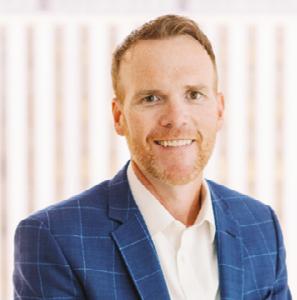
with data and insights that were far beyond anything we were getting from any other source, and that was pre-acquisition. So once we were able to bring Claro Analytics into our platform and really start optimizing it with client input, it’s become an incredibly important tool.
For example, over the last year or two, many companies heavily overpaid for talent and Claro Analytics can help you avoid this because of the massive amount of real-time labor data it collates and its ability to see how people are migrating and moving within the workforce.
In the overall business community, the need for talent acquisition to get much smarter is there. It has to happen. I think we’re close with Claro Analytics data because I know how much it has impacted our clients’ ability to make the right decisions.

Ken Brotherston,
TALiNT Partners, sat down
John Wilson, CEO at WilsonHCG, to talk about its latest acquisitions, and international talent markets. John is an award-winning specialist in workforce planning, talent acquisition technology, culture and engagement strategy as well as RPO.John Wilson CEO of WilsonHCG
KB: What are two key things that you think it really helps you help your clients with?

JW: It quickly sees where the talent is and identifies turnover trends. We can find out why people are leaving and where they are going. We have the ability to break that down into teams, too. Identifying those trends before they take hold is critical.
KB: Why was Tracking Talent so attractive to you?

JW: Tracking Talent is an interesting one. We did an analysis on productivity across the globe on all of our people and South Africa was right at the top of that list. If you had asked me before we conducted this study, I don’t know if it would've been on my radar.
Given that, the decision to make Tracking Talent part of our organization made perfect sense.
KB: You’ve been tracking Personify for five years. Obviously, it’s an interesting sector, but what was it about that business that was particularly interesting to you?
JW: We have never really looked at RPO as something we wanted to acquire because we always felt like we could build it ourselves. There are so very few RPOs out there that are really focused on what I think are the critical things: your people, your clients and doing things to add value, not the BPO aspect of it which I think starts cheapening what an RPO does. Personify had always shared our vision, even though they’re much smaller.
John Wilson CEO of WilsonHCG
We are able to find out why people are leaving and where they are they going. We have the ability to break that down into teams, too.
The healthcare and life sciences world became more and more interesting for us as an acquisition target. And as we got to better understand the cultural connection with Personify, this made it really attractive to us. Also, that sector is very robust and I think very unlikely to be affected by whatever economic turbulence we might have to face for the next year or two. Even with the pandemic at full throttle, those are always growth periods for not just WilsonHCG, but for RPO in general.
KB: So, what is the overarching strategy for your business?
JW: In a lot of ways, it’s to keep doing what we’ve been doing, but listening to the clients and listening to our people is really key. We continue to act small even as we get bigger.
From an M&A standpoint, our strategic outlook is about how to provide better value to our clients.

KB: What is it that that you think your clients most value?
JW: If I look at our client base and every industry that we’re in, we typically have the industry leader and there’s a reason behind that – they value talent.
It’s about offering a white glove service that makes people feel like they’re not an outsourced provider. It’s making them better as a business.
KB: And are you doing more to help clients with internal mobility and their broader skills agenda? Because as you know there is a move away from hiring for experience to hiring for skills. I’d be interested in how you’re responding to that.
JW: For one of our clients, we built an entire internal platform centered around the phrase ‘quit your job, not your company’. So, every time an employee logs into their portal, they actually see two jobs that are available for them internally.
Because of what we experienced in 2021 and some of 2022, organizations were over-hiring in a way that was ineffective. Therefore, internal mobility has become more and more important.
Our talent consulting group is probably 75% focused on internal mobility with our clients right now, which is something I’ve never experienced in my career before.
KB: Are you finding that clients are willing to pay for that because historically RPO used to give it away. Now they’re saying, ‘We want to help you with internal mobility but we need to charge you’. Clients are then saying, 'Well, you’ve given it to me for free for the last five or 10 years...’
How are you overcoming that?
JW: It’s definitely become more data-driven. With Claro Analytics we are able to determine that an organization is misaligned in its hiring, or, for example, someone is underpaid by $30k. They won’t be happy, but the data tells the story.
It’s about offering a white glove service that makes people feel like they’re not an outsourced provider.
I feel another major trend coming out of this is what people call ‘boomerangs’ or people who come back into the organization. I’ve always found it odd that when someone leaves, they’re treated as if they’re gone, never to return. But if you’re a salesperson with a client you’ve had for a while, and then suddenly they’re not your client anymore, they’re still considered a prospect. Talent should be treated in the same way. Thinking on this needs to change, in the same way it has with internal mobility.
KB: I’ve always said that if you can’t fix attrition, you’re never going to fix attraction. If in an organization people are leaving through the back as fast as you’re bringing them in the front door, it’s just not a good existence for anyone.
Some traditional staffing firms entering the RPO market are just looking to do it in the cheapest way possible. How will you deal with that?
JW: More staffing providers are saying they do RPO when they actually don't.
Any time I hear of a bad RPO engagement the first question I ask is, ‘Who did you use?’ because it’s typically a company that you’d expect that to happen with.
KB: Are there any other deals that you might be looking at in 2023 or is this it for now? Are you still open to more?
JW: I hope so. If we see something that is of significant value, we would be very interested.
KB: And what might that look like? What would the characteristics be?
JW: I believe there is opportunity for us to deepen our coverage in parts of South America. While we have resources there, we have an interest to further expand geographic footprint in the region.
KB: Do you worry about some of the AI-led tech firms focused on skills eating your lunch or do you see them more as partners?
JW: Definitely as partners. If you go back to eight years, when everyone said that LinkedIn was going to be the end of recruitment firms, people forget the importance of having skilled people doing skilled jobs.
We’ve heard that AI is going to be the end of the recruiters but no one is talking about that anymore.
KB: I know you were previously looking enthusiastically at China as a market, but do you feel that market has grown cooler?
JW: Our focus in China right now is mostly on Chinese companies and supporting those.
KB: It feels like that’s quite a long-term thing that’s not going to be 12 to 18 months, so to finish, what’s your big prediction?
JW: We have seen more of our clients looking at alternative locations for manufacturing. Mexico wasn’t on the radar five years ago, and I think if we look forward to five years from now, Mexico could yield very high growth.
Staffing providers are saying they do RPO when they actually don't.
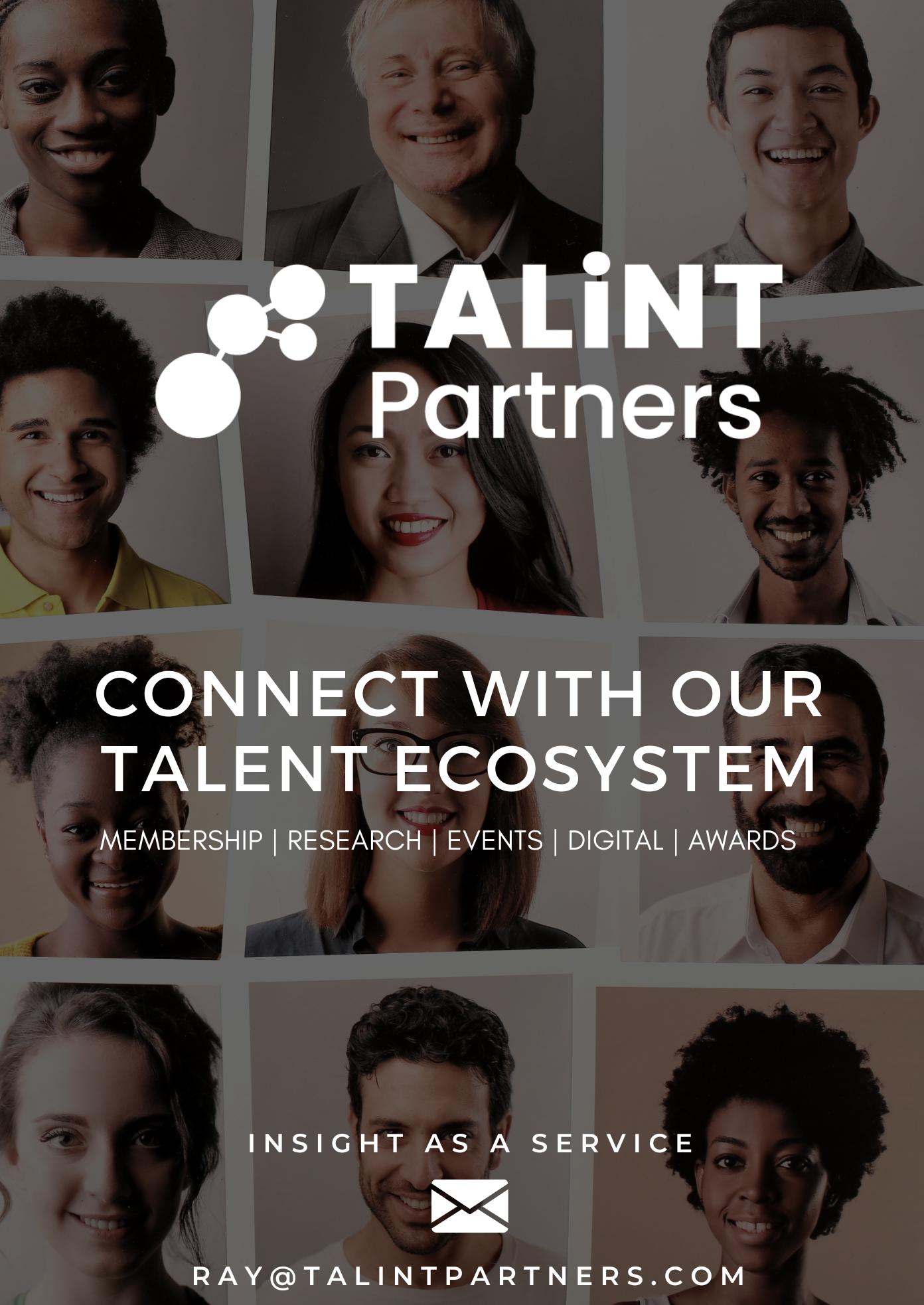 Debbie Walton Editor TALiNT Partners
Debbie Walton Editor TALiNT Partners

Bullhorn
TI: What is your view of the talent solutions/ RPO market in terms of trends, opportunities and challenges?
NE: Bullhorn just released its latest GRID Industry Trends Report [www.bullhorn.com/ grid/industry-trends], an annual survey of recruitment professionals, and learned that winning new clients is their top priority this year – above finding talent, which was the number one priority last year. We are still seeing continued talent shortages, as well, even with all the noise of tech layoffs and potential slowdowns in the economy. Job seekers are expecting better experiences and they have lower tolerance for mistakes; so our customers (third-party staffing and recruiting firms) are investing in technology and automation to facilitate a better experience. This is a people industry, but the technology is critical to enable the people to deliver.
TI: What is Bullhorn’s strategy in the context of the above? How do you differentiate yourselves from your competitors?
NE: We continue to invest, both internally and through M&A, to bring the most innovative and most comprehensive solutions to the market. Our solutions are scalable to work for everyone from staffing start-ups to the world’s largest global organizations and all the complexity that
comes with that. Specifically, we’ve been investing in middle office – time capture, time interpretation, rate card, credential management, invoicing, etc. – to be able to link the front office recruiting functions to what happens after placement. There is much nuance in the way assignments are managed and we believe that our 20 years of experience as a true cloud solution provider in this space is a differentiator.
TI: How does the SourceBreaker and other recent acquisitions support this strategy?
NE: We have made a total of 14 acquisitions over the years and we are one of the few organizations that can say that every one of our acquisitions has been a success - both because we have leveraged the technology we acquired to create better products for our customers and because we now have some amazing leaders in our organization that came over from the acquired companies. In the last couple of years, we acquired cube19 for analytics, Sirenum for workforce management, and of course Sourcebreaker for search and match.
These are particularly satisfying for me as the head of our Alliances team, since each of these players were part of our partnership community before we acquired them.
provides cloud-based CRM solutions for companies in service-based industries. acquisitions made over the years, Bullhorn shows no sign of slowing down their cutting edge and innovative tech to market. TALiNT International spoke to Nina Eigerman, Business Development at Bullhorn and TIARA judge at the Talent Tech Star Awards and how it plans to weather the economic slowdown.
industries. With a total of 14 mission to bring the most Eigerman, SVP, Alliances and Awards about Bullhorn’s acquisitions
TI: Why was the SourceBreaker deal so attractive and what has been the immediate impact for your clients?
NE: Sourcebreaker is an incredible tool for recruiter productivity. It enables recruiters to store and reuse the most effective searches for the jobs they most commonly recruit for. Even more importantly, it helps accelerate junior recruiters to be as productive as the senior recruiters at any recruitment firm. We knew how good Sourcebreaker was, because they were one of our fastest growing marketplace partners and we had worked with them for years. So it was a seamless transition to have them become part of the Bullhorn family.
TI: How do you think the global recession will affect the sector?
NE: What global recession?
I’m only half joking. While there are some signs of slow down and we are seeing tons of news stories about uncertainty, inflation, reductions in consumer spending - we are also seeing record low unemployment and lots of job openings.
We are seeing an increased focus on client relationships… but no reduction in the importance of candidate-centric approaches. I think there will continue to be a lot of investment in this sector, and the industry seems to agree: two-thirds of the recruitment professionals we surveyed in our GRID
Industry Trends Report predict their businesses will continue to grow this year.
TI: You were a judge at last year’s TIARA Talent Tech Stars that was held during our first Talent and TIARAs. What stood out for you as a judge during the judging process?
NE: I am continually impressed by the companies in this space and how they leverage the latest technology to meet the needs of both candidates and hiring managers. The number of companies we saw who were addressing issues with DE&I and with bias gave me hope that we are moving towards a world where we can do what we all wanted to do when we joined this sector - find people jobs where they can bring all of their skills and talents and where they can learn grow and develop. I was inspired to read all the entries and I hope that the companies found the feedback helpful.

TI: Any predictions for 2023?
NE: The pace of change is only going to continue to accelerate. We have been hearing about how technology and digital marketplaces were going to take the place of people in recruitment for the entire time I’ve been in the industry (since 2001!) - but it’s only now that we are really seeing growth in some of these online staffing companies. Yet, candidates still want the human touch. We need to bring them the best of both.

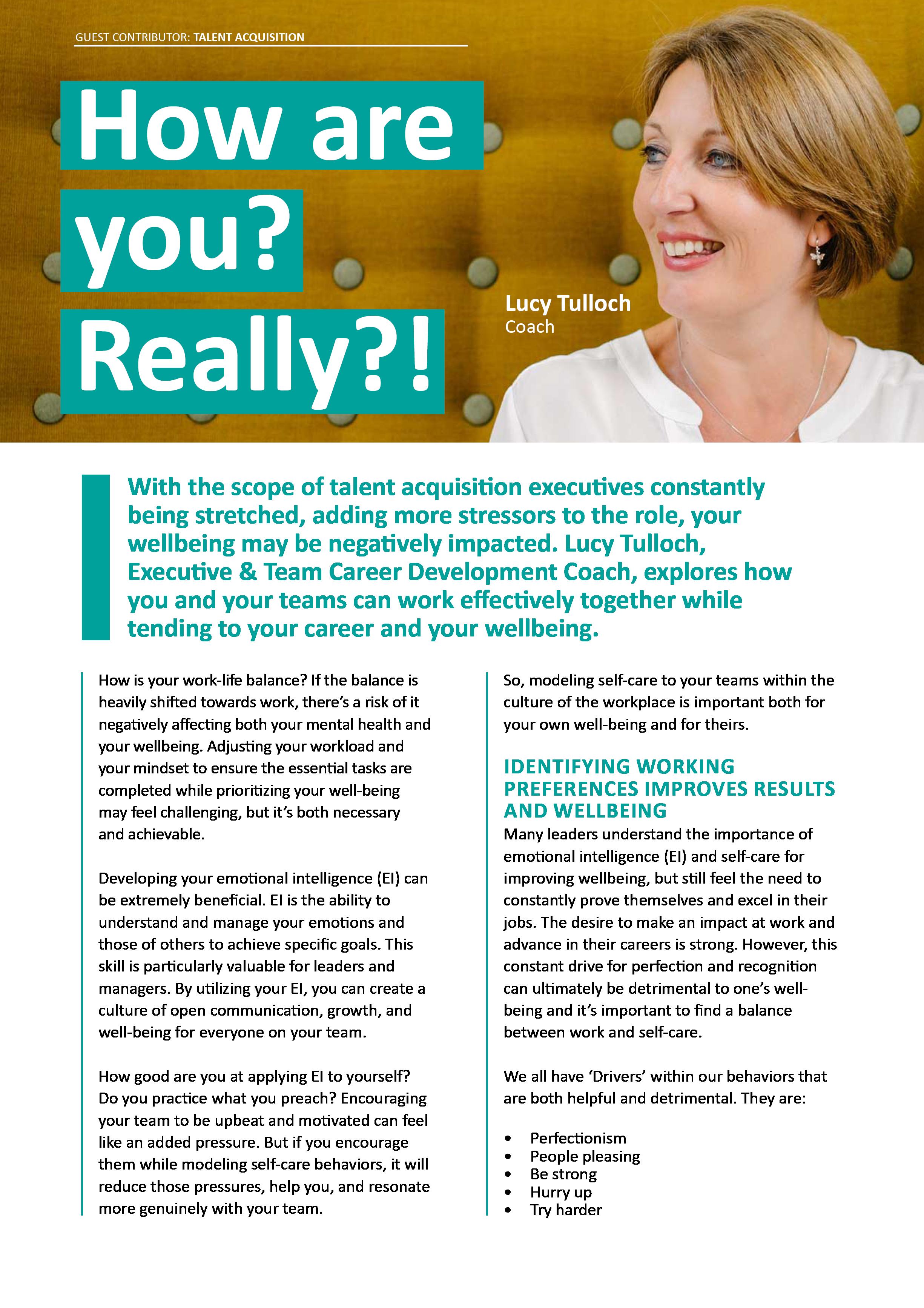
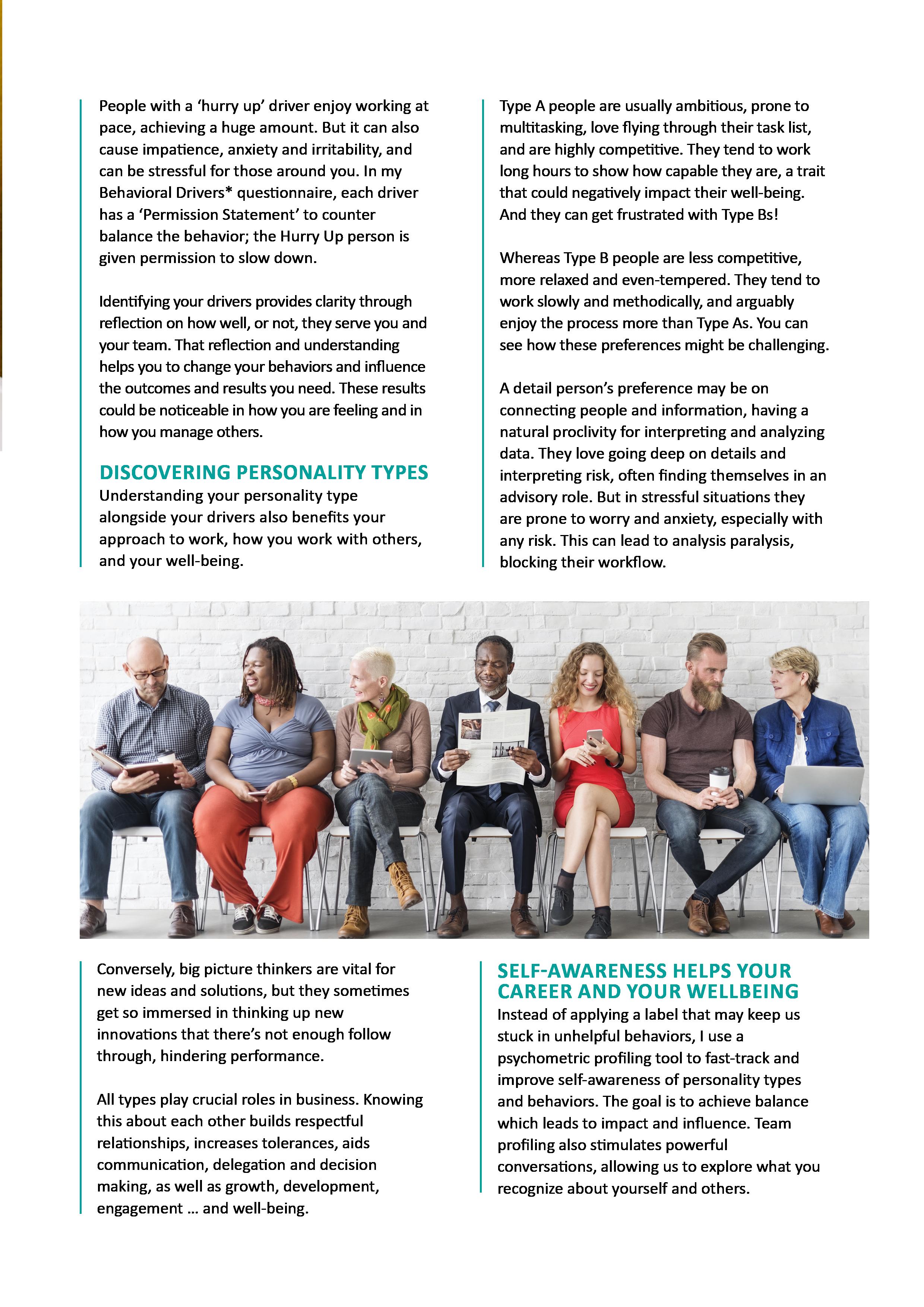
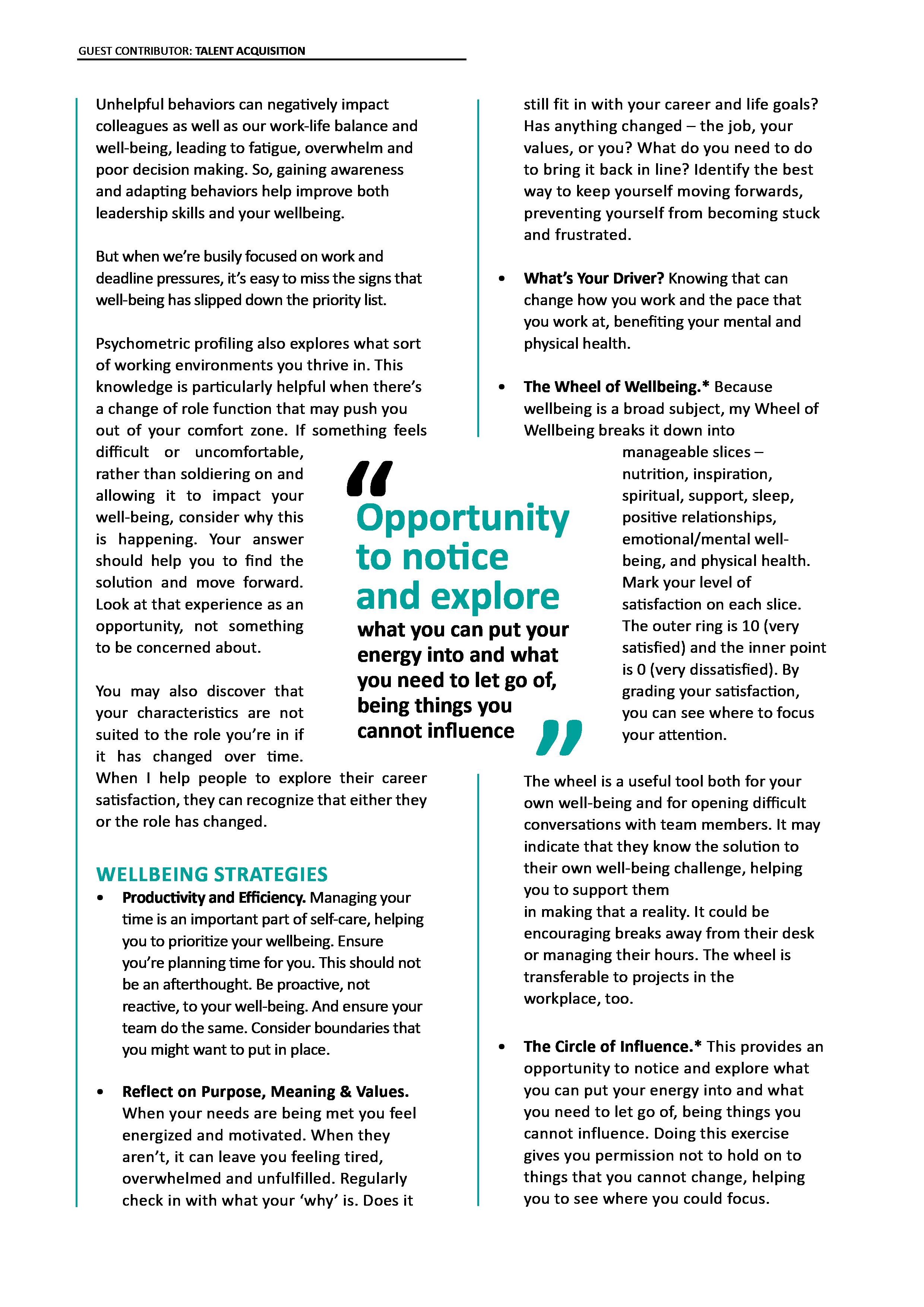


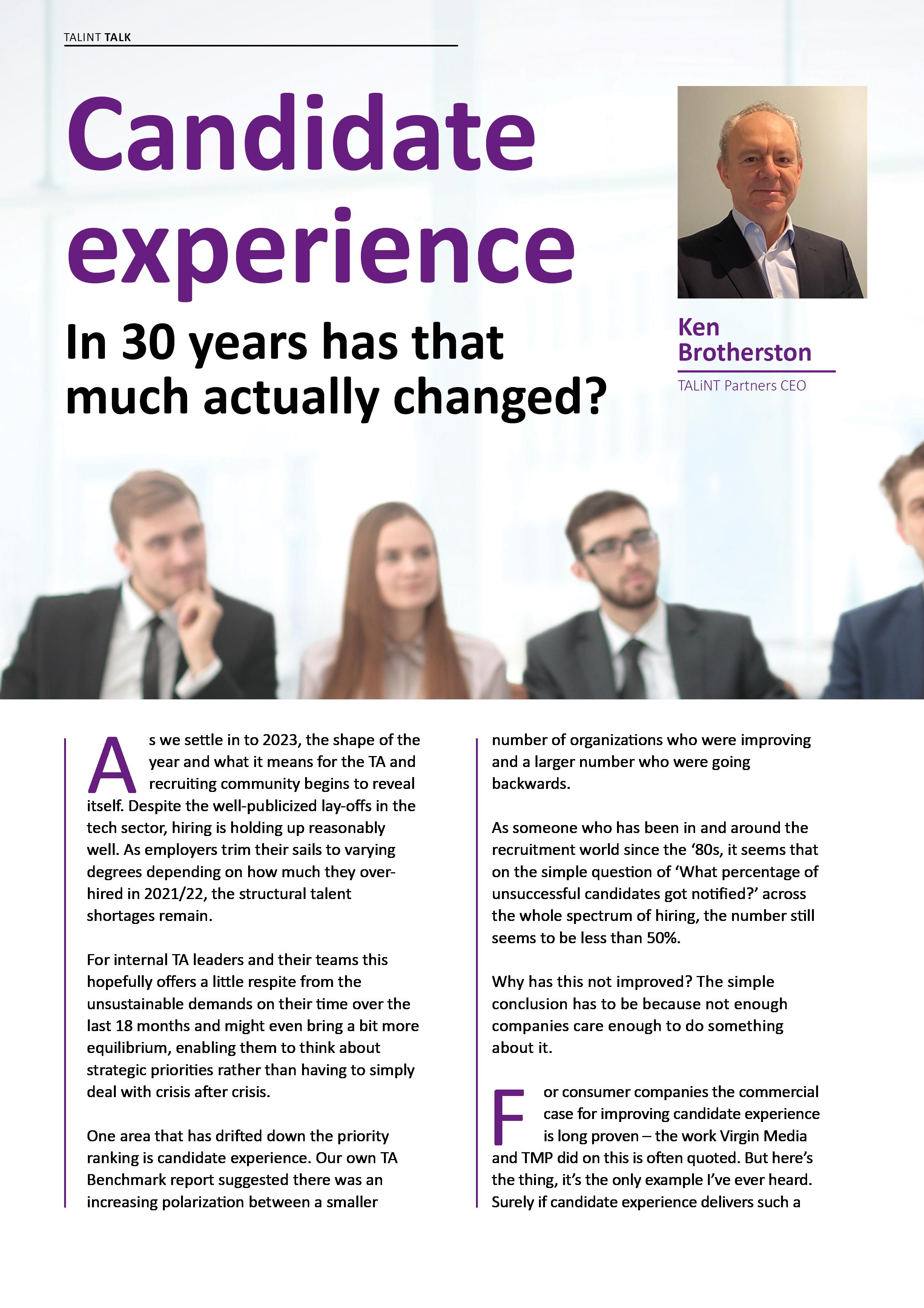

Connecting the talent ecosystem: we bring together a global network of leading employers and solution providers to make better talent and technology decisions.

